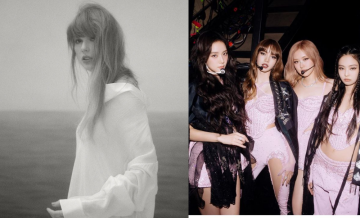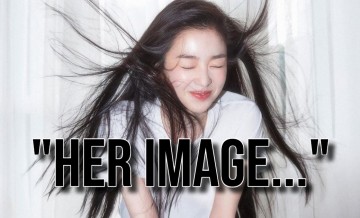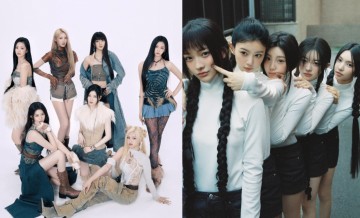Korean Rock Recall: Sad Legend Defy Black Metal Conventions on 'Maruta' [AUDIO]
Black metal is a style of music known for embracing absolutes.
"Black" is an apt descriptor for heavy metal that is simultaneously oppressively hard and monochromatically bleak. It's a sound that is singularly dark, without shades of variation. It's also been associated with murder, church-burning, and goofball face-painting.
Sad Legend, one Korea's most well-known black metal bands, reject this limiting characterization.
Over the course of their nine-minute song "Maruta," released in 2009, Sad Legend move through a variety of moods, emotions and motifs, proving in the process that black metal is more than just a one-color sound.
Like many bands in this fiercely individualistic genre, Sad Legend's musical output is the responsibility of an army of one.
The man behind the legend is known only as Naamah, a former member of many Korean metal bands including Oathean and Holymarsh. Naamah "formed" Sad Legend in 1997 and was soon shredding onstage while wearing ghoulish corpse paint.
"Maruta," from Sad Legend's last studio album to date, "The Revenge of Soul," crashes through the gates with gnashing chords, caveman-style four-on-the-floor drumming and symphonic strings rendered deliberately faux by synthesizer (a hallmark of black metal). The production is cleaner than a lot of black metal, and the musicianship is shreddingly satisfying.
This, in part, speaks to Naamah's history in groups like Oathean, a band that resides in the often more technically advanced world of death metal.
By the time we've reached the one-minute mark of "Maruta," we hear two vocalists, both of whom are Naamah. Via the gift of overdubbing, Naamah represents two opposing characters. He channels both the foot-on-the-monitor rock god and the nefarious demon, shrieking in a voice reminiscent of Ihsahn, the vocalist of the Norwegian black metal band Emperor.
Right at that moment, the listener bears witness to Sad Legend's willingness to step outside of genre conventions in the name of showcasing a wider variety of personality.
Even though the song sprawls over its nine minute duration, "Maruta" never rests on its laurels structurally. It's constantly reinventing itself, modulating or rhythmically shifting. It's an endlessly amorphous piece, yet it always remains true to itself. This is due, at least in part, to the wide range of influences.
Around the 3:35 mark, as absurd as it sounds, it almost feels like the group is making a nod towards "Sultans of Swing" by Dire Straits--an unimaginable occurrence in a black metal song, if there ever was one!
But before that riff can go too far, it's interrupted by an angry unison that serves as a chorus of sorts, if a song this lengthy can be said to have a chorus. That segment of "Maruta" quickly slows to a moody midpoint, a moment of respite during which Naamah introduces yet another vocal viewpoint, one of calm and meditation, though possibly with the aid of Auto-Tune by the sounds of it.
The medley of vocal styles and the suite-like arrangement could imply self-indulgence on Sad Legend's part. Yet I feel that isn't the case here. The singing always suits the sections of the song and the song never feels needlessly long.
Because of his vocal versatility and technical know-how, Naamah's work as Sad Legend serves the song well, rather than remaining beholden to genre conventions.
"Maruta" swings, crushes and soars where other black metal songs might have weakly shouted at the devil.
Listen to the 2009 Sad Legend song "Maruta" RIGHT HERE
Jeff Tobias is a composer, multi-instrumentalist and writer living in Brooklyn, New York. Lately, he's been studying the history of prank phone calls.
















